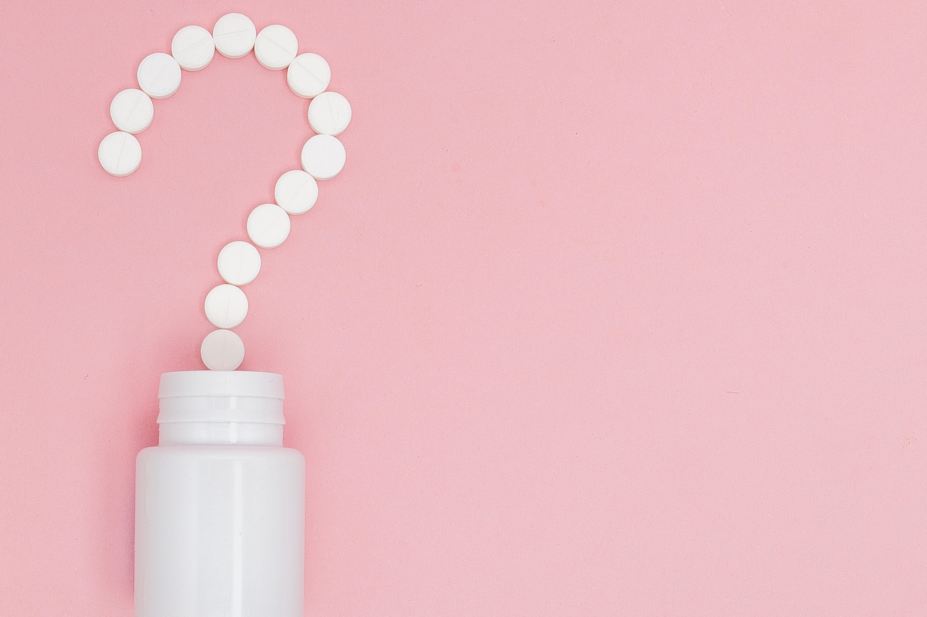
Alamy
Medicines without harm. That is the global challenge laid down by the World Health Organization, but is it an unrealistic thing to wish for?
All pharmacological treatments have undesired secondary effects. Antidepressants cause dry mouth, antihistamines cause drowsiness and non-steroidal anti-inflammatory drugs (NSAIDs) cause heartburn. Adverse effects from medicines are a symptom of the wondrous complexities and variations of the human body, and it is impossible to eliminate all harm from taking a medicine.
But that does not mean that you should not try. A landmark report from the Universities of Sheffield and York, published in 2018, estimated there are still 66 million potentially clinically significant medication errors in the NHS in England per year. The estimated costs of “definitely avoidable” adverse drug reactions were £98.5m per year, consuming 181,626 bed days, causing 712 deaths, and contributing to 1,708 deaths.
At the time the report was published, then health secretary Jeremy Hunt promised to make the health service “the safest healthcare system in the world, powered by a culture of learning and continuous improvement”, and the NHS does lead the way with its programme to reduce medication errors and encourage the safer prescribing and administration of medicines.
There may be a new secretary of state now, but progress is still being made. Just take the example of the NSAID mentioned above. For years, it has been known that patients taking NSAIDs need to be prescribed protection to prevent serious gastrointestinal bleeds, but nothing serious was done about it.
Now we know from ground-breaking data published by NHS Improvement last year that over 180,000 patients are prescribed an NSAID in England without any protection from a proton pump inhibitor. Take a look at the Medicines Safety Dashboard and you can see the regions doing the best and the worst (Rushcliffe and Walsall, if you are interested). You can also see the disturbing figure that in the first quarter of 2018/19, 2,000 of these patients at risk ended up in hospital with a gastrointestinal bleed — serious events which could have been prevented.
And that is the power of the work going on up and down the country with regards to medicines safety — it can make a real difference to the lives of patients. In February 2019, The
Pharmaceutical Journal is celebrating pharmacists and others making improvements up and down the country — often with little recognition — and is shining a light on how medication safety can be improved in today’s NHS.
From hospital trusts making a difference on safety reporting by putting in a “no blame” culture, to GP pharmacists making a measurable difference on patient outcomes by intervening in risky prescribing, we will be publishing a series of articles throughout February on the theme of medication safety as part of #PJrightmedicine.
The health service may not be anywhere near eliminating preventable harm altogether from medicines, but there are real signs on the ground that progress is being made. And pharmacy is right at the centre of it.
Email us if we are missing a good story on improving medication safety. Email editor@pharmaceutical-journal.com with your contact details.
You may also be interested in
The importance of diverse clinical imagery within health education

Government should consider ways to prevent ‘inappropriate overseas prescribing’ of hormone drugs, review recommends
